Introduction
In the vast wilderness of Alaska, where towering mountains meet pristine forests, a hidden treasure awaits—pines for tea Alaska. The use of pine needles and other parts of pine trees in herbal teas is a tradition rooted in indigenous cultures and has gained popularity among modern herbalists and health enthusiasts alike. This article explores the benefits, uses, and sustainable practices surrounding pines for tea Alaska, showcasing how this natural resource can contribute to wellness while supporting ecological balance.
1. Understanding Pines in Alaska
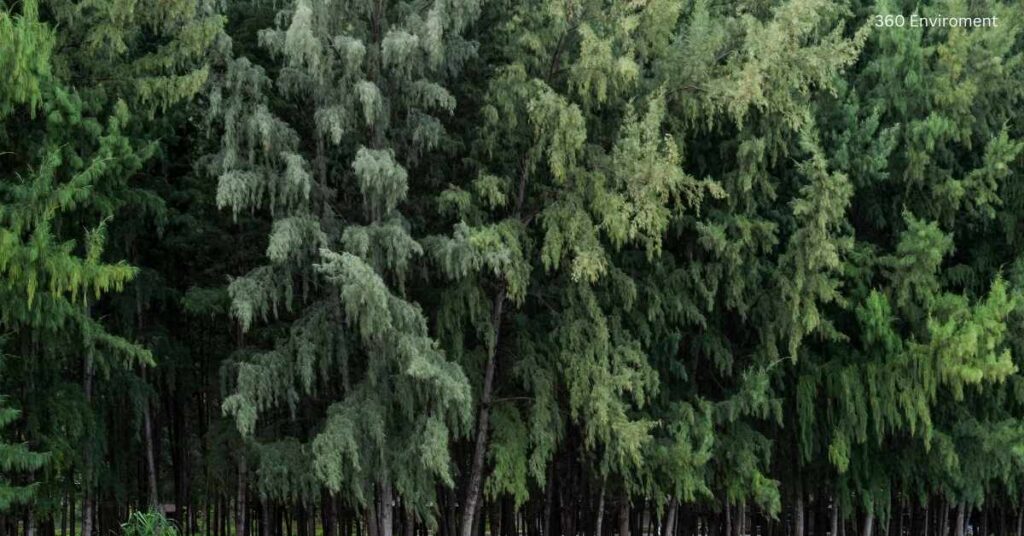
1.1 The Diversity of Pine Species
Alaska is home to several species of pine trees, each contributing uniquely to the region’s ecosystem. Notable species include:
- Lodgepole Pine (Pinus contorta): Found primarily in the interior of Alaska, this tree thrives in a variety of soil types and is known for its slender, straight trunk and long needles.
- Western White Pine (Pinus monticola): This tree is valued for its tall, straight growth and is commonly found in southeast Alaska. Its needles are softer and have a milder flavor compared to other pines.
- Sugar Pine (Pinus lambertiana): Known for its impressive height and large cones, sugar pine is less common in Alaska but can be found in specific areas.
- Eastern White Pine (Pinus strobus): Although primarily found in eastern North America, it can be cultivated in parts of Alaska and is recognized for its long needles and sweet resin.
1.2 Ecological Importance of Pines
Pine trees play a vital role in Alaska’s ecosystems. They provide habitat for various wildlife species, including birds, mammals, and insects. The needles and cones serve as food sources, while the trees themselves contribute to soil health and carbon sequestration. Pine forests also help regulate local climates, providing shade and stabilizing moisture levels in the ground.
2. Health Benefits of Pine Tea
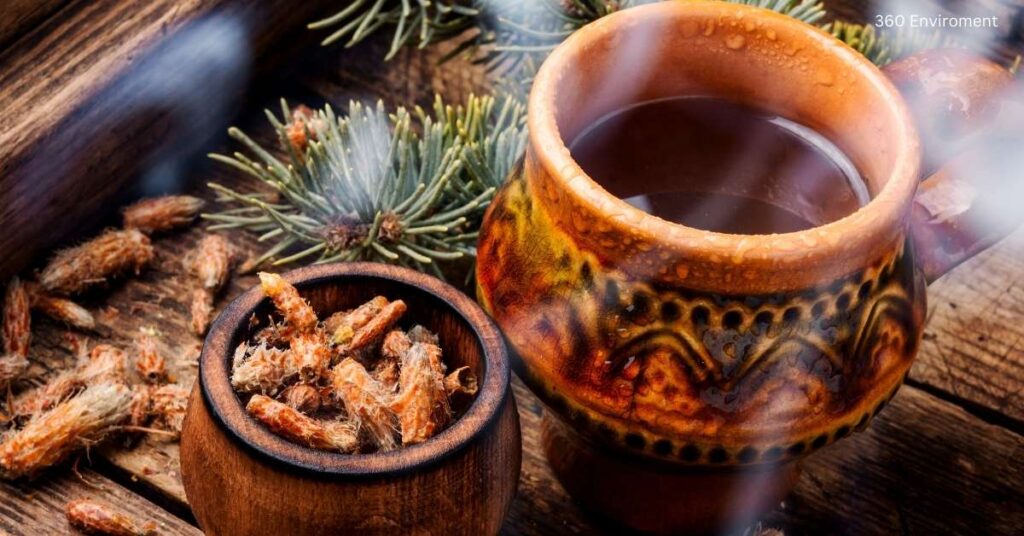
2.1 Nutritional Profile
Pine needles are rich in essential nutrients, making them an excellent addition to herbal teas. Key components include:
- Vitamin C: Pine needles are an exceptional source of vitamin C, crucial for immune function and overall health. Just a few cups of pines for tea Alaska can provide a significant boost to daily vitamin C intake.
- Antioxidants: Pine needles contain various antioxidants, including flavonoids and polyphenols, which help combat oxidative stress in the body, reducing the risk of chronic diseases.
- Essential Oils: The aromatic compounds found in pine needles contribute to their distinctive flavor and may provide therapeutic benefits, including anti-inflammatory and antimicrobial properties.
2.2 Potential Health Benefits
The consumption of pines for tea Alaska has been associated with several health benefits:
- Immune Support: The high vitamin C content can bolster the immune system, helping the body ward off infections and illnesses.
- Respiratory Health: Pine tea may support respiratory health by helping clear mucus and soothing irritated throats. Its anti-inflammatory properties can also benefit conditions like asthma or bronchitis.
- Digestive Aid: Some herbalists believe that pines for tea Alaska can aid digestion by promoting the production of digestive enzymes and reducing bloating.
- Mood Enhancement: The aroma of pine is often associated with tranquility and relaxation, making pine tea a comforting beverage that may help reduce stress and anxiety.
3. Sustainable Harvesting Practices
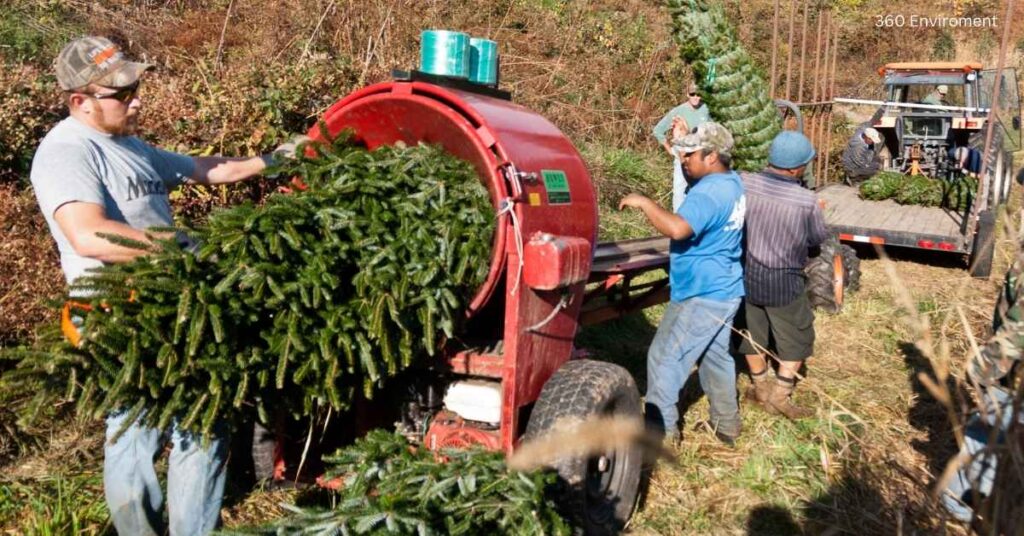
3.1 Responsible Foraging
Foraging for pine needles should be done with care and respect for the environment. Sustainable harvesting practices ensure that pine populations remain healthy and ecosystems stay balanced. Here are some guidelines for responsible foraging:
- Know the Species: Familiarize yourself with the specific pine species and their characteristics to ensure you are harvesting the right plant.
- Harvest Selectively: Only take a small portion of the needles from each tree, typically no more than one-third. This allows the tree to continue growing and producing new needles.
- Avoid Contaminated Areas: Steer clear of areas near roadsides or industrial sites, as pine needles from these locations may be contaminated with pollutants or chemicals.
3.2 Permits and Regulations
In some areas, harvesting pine needles may require permits or adherence to specific regulations. Always check local guidelines to ensure compliance with conservation efforts and sustainable practices. This is especially important in protected areas or national parks, where specific rules may be in place to safeguard natural resources.
4. Preparing Pine Tea

4.1 Harvesting Pine Needles
When foraging for pine needles, select young, green needles, as they tend to have the best flavor and nutritional profile. The ideal time to harvest is in the spring or early summer when the new growth is abundant.
4.2 Making Pine Tea
Ingredients:
- Fresh or dried pine needles
- Water
- Optional: honey, lemon, or other herbs for flavor
Instructions:
- Prepare the Needles: Rinse the pine needles to remove any dirt or debris. For dried needles, break them into smaller pieces to enhance the flavor.
- Boil Water: Bring water to a boil in a pot.
- Add Pine Needles: Once the water is boiling, add the pine needles (about 1 tablespoon per cup of water) and reduce the heat to a simmer.
- Steep: Allow the mixture to steep for 5-10 minutes. The longer you steep, the stronger the flavor will be.
- Strain and Serve: Strain out the needles and pour the tea into a cup. Add honey or lemon if desired.
- Enjoy: Sip the tea warm and enjoy its refreshing and invigorating taste.
4.3 Creative Variations
Pines for tea Alaska can be customized with various flavors and ingredients. Some popular combinations include:
- Pine and Ginger Tea: Add fresh ginger slices to the boiling water for a warming and spicy twist.
- Citrus Pine Tea: Infuse your tea with lemon or orange slices for a refreshing, zesty flavor.
- Herbal Blends: Combine pine needles with other herbs like mint or chamomile for added complexity and benefits.
5. Cultural Significance of Pine Tea in Alaska

5.1 Indigenous Traditions
Pines for tea Alaska hold a special place in the traditional practices of Alaska Native cultures. Indigenous peoples have long utilized the nutritional and medicinal properties of pine needles in their diets and healing practices. Pine tea was often consumed to prevent scurvy and support overall health, especially during long winters when fresh produce was scarce.
5.2 Modern Adaptations
As interest in natural remedies and herbal teas grows, the use of pine needles in tea has seen a resurgence. Modern Alaskan communities and herbalists are embracing traditional practices while incorporating contemporary knowledge about health and wellness.
Workshops and foraging tours are becoming popular, allowing participants to learn about the benefits of pines for tea Alaska while connecting with nature and local culture. This revival not only fosters a deeper appreciation for native plants but also promotes sustainable harvesting practices.
6. The Environmental Impact of Pine Tea Production
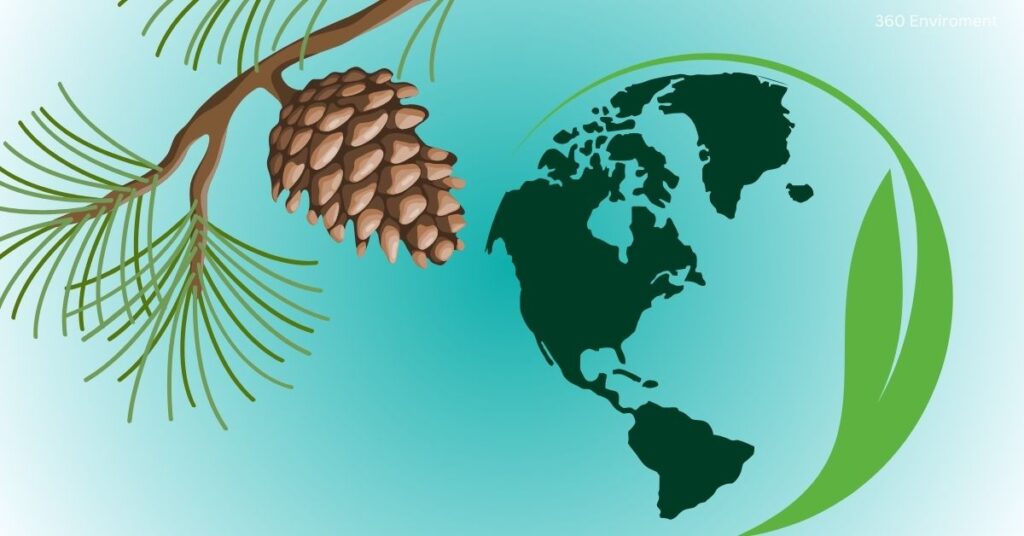
6.1 Sustainable Practices in Tea Production
As the demand for pines for tea Alaska increases, it is essential to prioritize sustainable practices in its production. Whether for personal use or commercial purposes, ensuring the sustainability of pine forests is crucial for their health and biodiversity.
6.2 Ecological Benefits of Pine Forests
Pine forests play a significant role in the environment beyond their use in tea. They provide critical habitats for wildlife, sequester carbon, and regulate water cycles. Protecting and sustainably managing these forests is vital for maintaining ecological balance and supporting local communities.
6.3 Community Involvement
Engaging local communities in sustainable forestry practices can lead to better conservation outcomes. Community-led initiatives that promote responsible harvesting, education, and awareness can empower individuals to become stewards of their natural resources. This approach fosters a sense of ownership and responsibility for the environment, encouraging sustainable practices that benefit both people and nature.
7. Challenges Facing Pine Forests in Alaska

7.1 Climate Change Impacts
Climate change poses a significant threat to Alaska’s ecosystems, including pine forests. Rising temperatures, changing precipitation patterns, and increased frequency of wildfires can disrupt the delicate balance of these environments. For instance, warmer temperatures may favor the spread of pests like the mountain pine beetle, which can devastate pine populations.
7.2 Deforestation and Land Development
As demand for land and resources grows, deforestation and land development present challenges to the preservation of pine forests. Urban expansion, agriculture, and logging can lead to habitat loss and fragmentation, impacting both wildlife and local communities that rely on these ecosystems for their livelihoods.
7.3 Invasive Species
Invasive plant species pose a significant threat to native ecosystems, including pine forests. These species can outcompete native plants for resources, disrupt food webs, and alter habitat conditions. Preventing the introduction and spread of invasive species is crucial for preserving the integrity of Alaskan ecosystems.
8. Future Prospects for Pines and Tea in Alaska
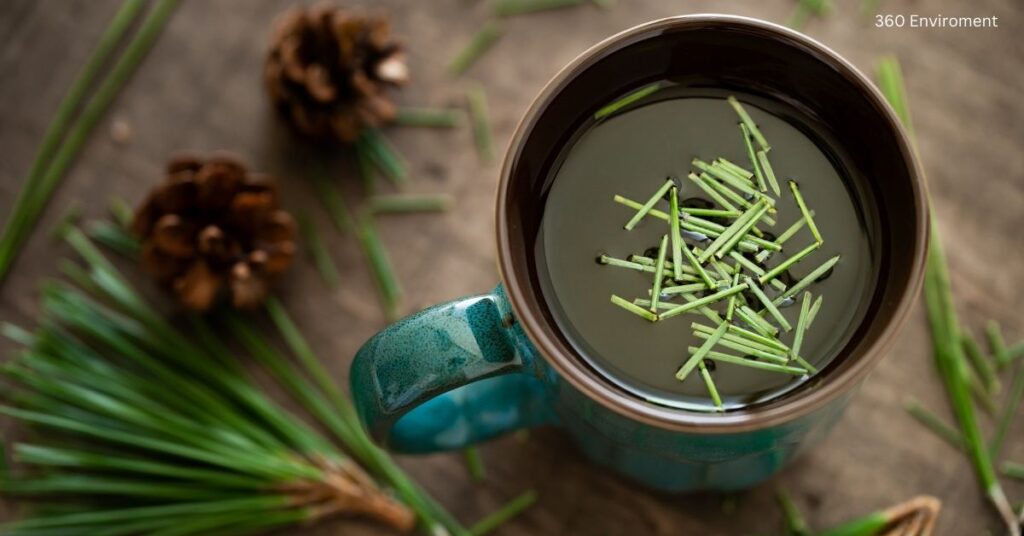
8.1 Research and Innovation
Ongoing research into the benefits and uses of pines for tea Alaska can lead to innovative approaches to sustainability and health. Studies on the nutritional profiles of different pine species can help identify the most beneficial varieties for herbal teas, guiding both foragers and commercial producers.
8.2 Ecotourism Opportunities
Alaska’s unique landscapes and rich natural resources provide ample opportunities for ecotourism. By promoting foraging tours, workshops, and educational programs focused on pines for tea Alaska, communities can generate income while fostering a connection to the land and its resources. This approach supports local economies and fosters a deeper connection to nature.
8.3 Community Resilience
As communities adapt to the challenges posed by climate change and environmental degradation, the use of natural resources like pines for tea Alaska can contribute to resilience. By embracing traditional practices and sustainable harvesting, communities can enhance their self-sufficiency and connection to the land.
Conclusion
Pines for tea Alaska embody a harmonious relationship between nature and human wellness. The rich flavors and health benefits of pine tea, combined with sustainable harvesting practices, illustrate how we can enjoy nature’s gifts while protecting our environment. By embracing the cultural significance of pine tea and fostering community involvement in conservation efforts, we can ensure that future generations continue to benefit from this remarkable natural resource.
As we navigate the challenges posed by climate change and habitat loss, the resilience of Alaska’s pine forests reminds us of the importance of stewardship and sustainable practices. By valuing and protecting these ecosystems, we not only preserve the beauty of our landscapes but also enhance our well-being and connection to nature.
Read More: Pink Grass: Nature’s Colorful Spectacle and Its Environmental Significance

